Note: I realize this won’t apply to most people, but then again, it might be applicable to more than one would think. So in case it might help someone who wouldn’t otherwise be aware, I’m sharing how I got Microsoft Office, legally, on the cheap.
After my diatribe about Microsoft Word a few weeks ago, I ended up buying it. As noted in that blog post, OpenOffice is a great alternative to Office, but not a perfect one. So when I got an email at work saying I could purchase Office for my own use at home, for $9.95, I checked it out right away.
 Of course, skeptic that I am, I thought it sounded too good to be true. But the email was from an official U.S. Air Force channel, and the link went to microsoft.com, so I clicked.
Of course, skeptic that I am, I thought it sounded too good to be true. But the email was from an official U.S. Air Force channel, and the link went to microsoft.com, so I clicked.
The offer comes from the Microsoft Home Use Program, which the U.S. Air Force participates in. Many other government agencies do too, as well as many private companies. I had no idea this was available to me until I saw it in a newsletter I get at work. Best of all, it’s available to on-site contractors as well as government employees.
From what I understand based on the information at the Microsoft Home Use Program, it looks like any company that participates in Microsoft’s Software Assurance Program and chooses to participate, can. The link above goes to a U.S.-specific site, but they may have programs in place for other countries, too. Some companies that are eligible to participate choose not to, in many cases due to misinformation.
Of course, there are a lot of terms and conditions. The main one to note is that, if you leave your eligible job, you’re supposed to discontinue using the software. It doesn’t have to be used just for work purposes, and the only information you need to supply is your work email (for the eligible company/organization), and the basics like your address.
I figured for $10*, why not? As I work on formatting my book for print, I’m finding a lot of details easier to implement in Word than OpenOffice, like sections, for instance. For most other word processing, I still use OpenOffice, because I prefer its menu-based interface. But if you work for a large company or government organization, it might be worth checking with your IT department to see if they offer this program!
*The $9.95 price is for a download. You can get the product on CDs, but it’s an additional charge of around $12 or so.



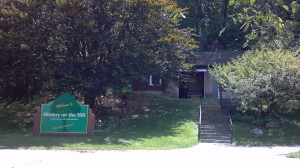
 The trail winds up the hill and around the parking lot, close to South Dixie Drive. It then leads past the neighboring
The trail winds up the hill and around the parking lot, close to South Dixie Drive. It then leads past the neighboring 
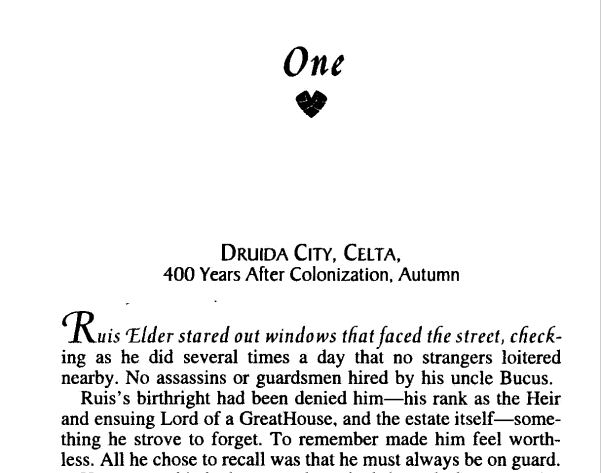
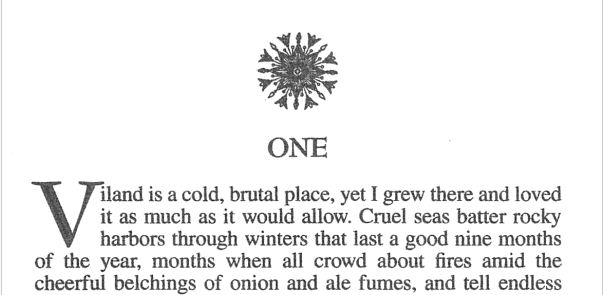
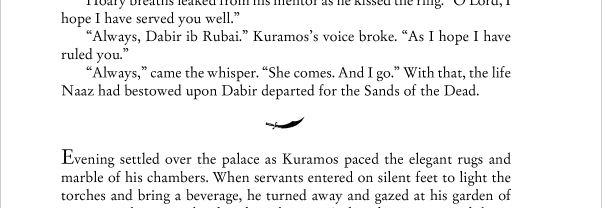
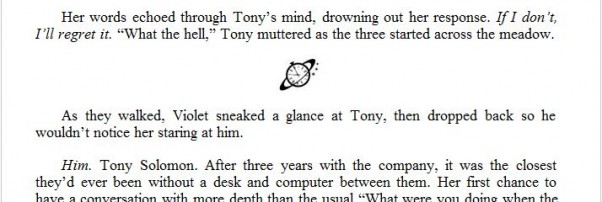




 One of the fun things about writing (and reading) time travel stories is the whole fish-out-of-water aspect, especially when someone goes into the future. There is one scene in
One of the fun things about writing (and reading) time travel stories is the whole fish-out-of-water aspect, especially when someone goes into the future. There is one scene in 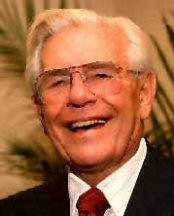

 On another note,
On another note, 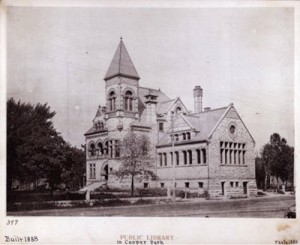 The precursor to
The precursor to 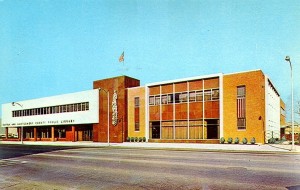 The library is once more outgrowing its downtown location, and
The library is once more outgrowing its downtown location, and 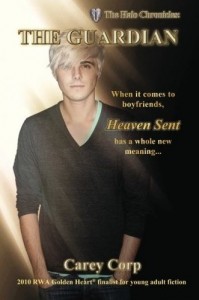
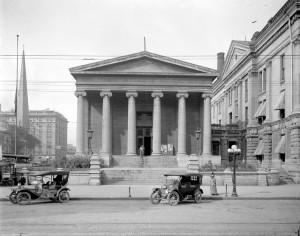
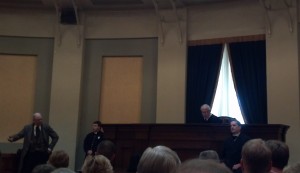
 I’m currently working on revising Time’s Fugitive, my second time travel romance, and sequel to my upcoming release,
I’m currently working on revising Time’s Fugitive, my second time travel romance, and sequel to my upcoming release, 
 For example: On Tuesday night, DH suggested going out to dinner. The Schedule allows for an hour for dinner, which includes spending time with and feeding the critters. It also allows an hour for chores. However, going out to dinner took two hours, as we met friends and had a couple beers too. So that night, something had to be sacrificed from the schedule: chore time. (Hint: any time something disrupts the schedule and something’s gotta go, chores wins, hands-down, unless there’s something there that can’t be put off, i.e. paperwork/bill paying when the bills are due within a few days.) On another day, I ended up doing unplanned mom-taxiing (and I think that was a day the paperwork couldn’t be put off), so writing business got left off. No problem there – I have it on the schedule every night, but honestly, there isn’t business stuff that needs to be done every night.
For example: On Tuesday night, DH suggested going out to dinner. The Schedule allows for an hour for dinner, which includes spending time with and feeding the critters. It also allows an hour for chores. However, going out to dinner took two hours, as we met friends and had a couple beers too. So that night, something had to be sacrificed from the schedule: chore time. (Hint: any time something disrupts the schedule and something’s gotta go, chores wins, hands-down, unless there’s something there that can’t be put off, i.e. paperwork/bill paying when the bills are due within a few days.) On another day, I ended up doing unplanned mom-taxiing (and I think that was a day the paperwork couldn’t be put off), so writing business got left off. No problem there – I have it on the schedule every night, but honestly, there isn’t business stuff that needs to be done every night.